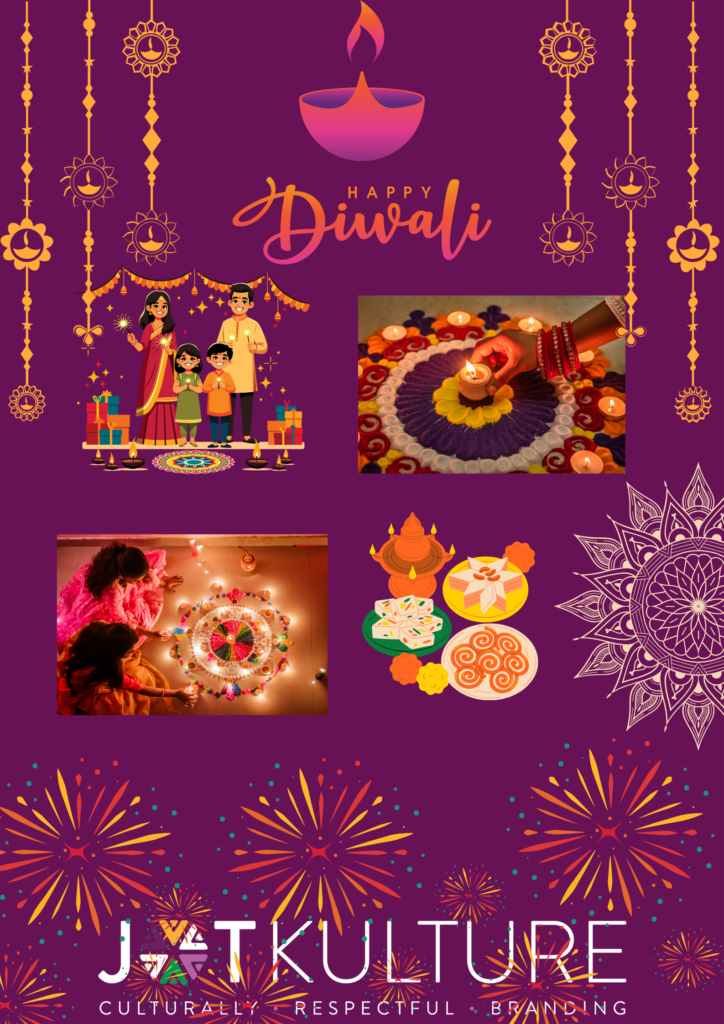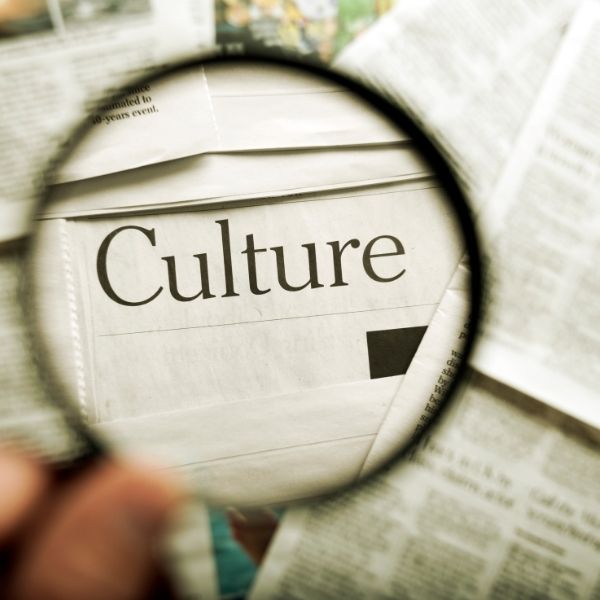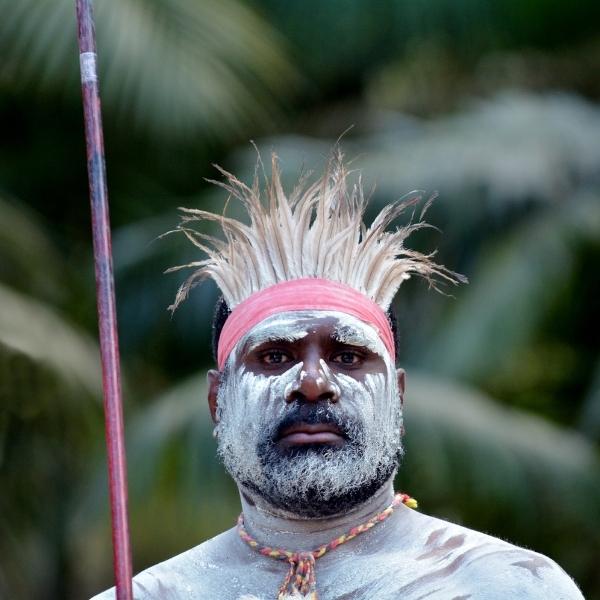Diwali, also known as Deepavali or the Festival of Lights, is one of the most significant and widely celebrated festivals in India and across the globe. Hailing from the Sanskrit word Deepavali, which means the ‘row of light’, Diwali is the festival of sparkling lights, bright colours, bringing prosperity, joy and happiness in home and the triumph of goods over evils.
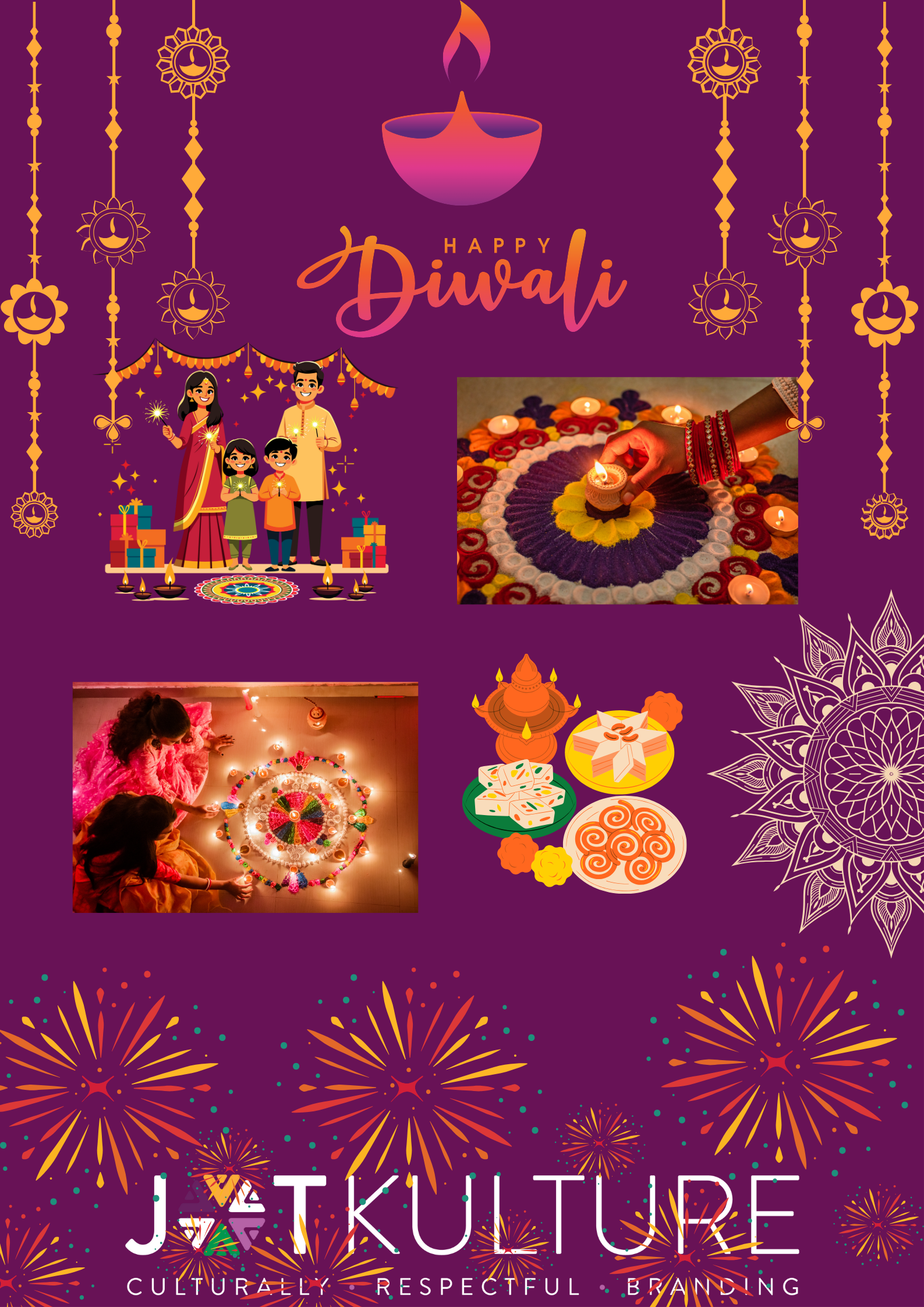
The celebration
This joyous festival transcends religious boundaries, bringing together people of various communities to celebrate light, unity, and the triumph of good over evil. The celebration is marked by vibrant decorations, mesmerizing fireworks, delicious sweets, and the coming together of family and friends. This festival spans over five days starting with Dhanteras and ends with Bhai Dooj, involving various rituals like wearing new clothes and jewelleries, lighting diyas, cleaning homes, and worshipping Goddess Lakshmi. Diwali is a time when families come together, reconnect, and celebrate their bonds. During these festive days houses are cleaned, decorated with rangoli (colourful designs), and illuminated with diyas (the Indian earthen oil lamps) and fairy lights, everyone organize house parties and family get together, they exchange gifts and sweets , wear new clothes , burn fire crackers and enjoys meals together. All the Indian homes and hearts light up around Diwali. This is the time for everyone to come together and strengthen familial ties, making Diwali a celebration of togetherness and unity.
The traditional customs & rituals
Diwali’s customs are deeply symbolic and rooted in ancient traditions. The lighting of Diyas signifies the removal of ignorance and the embracing of knowledge and enlightenment. Fireworks are another important aspect, believed to ward off evil spirits and bring good fortune. People also engage in cleaning and renovating their homes as part of the festivities, symbolizing the removal of past negativity and inviting prosperity. Wearing new clothes is a way to embrace renewal, while exchanging gifts signifies the spirit of generosity and love.
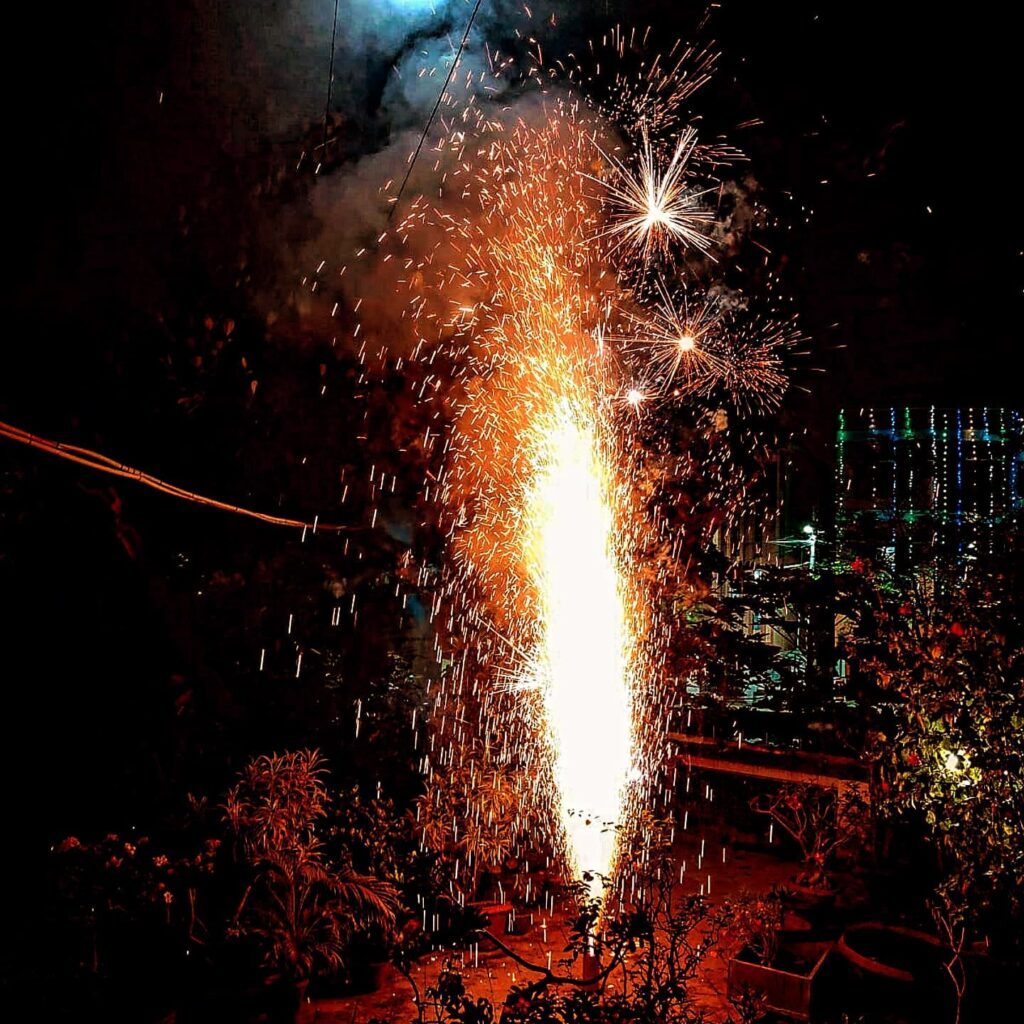
Religious significance
Diwali celebration is not just bound within a particular religion or country now. It is celebrated by various religions including Hindu, Jain, Sikhs. In Hinduism, Diwali commemorates Lord Rama’s return to Ayodhya after a 14-year exile and his victory over the demon king Ravana. It also celebrates Lord Krishna’s defeat of the demon Narakasura, representing the end of tyranny and darkness. In Jainism, Diwali marks the moment Lord Mahavira, the 24th Tirthankara, attained nirvana (spiritual enlightenment). For Sikhs, it is linked to the release of Guru Har Gobind Ji from imprisonment, symbolizing freedom and justice.
Laxmi Puja
The festival also involves performing traditional rituals such as puja (prayers) dedicated to Goddess Lakshmi, the goddess of wealth and prosperity, and Lord Ganesha, the remover of obstacles. These rituals are a way for families to express gratitude, seek blessings, and start afresh.
The Culinary Traditions
Food and feast is a big part of Diwali celebrations. Families prepare and share an array of sweets and savoury dishes, each with its own symbolic meaning. Traditional sweets like ladoo, barfi, gulab jamun, and kaju katli are prepared at home and exchanged with neighbours, friends, and family members as a gesture of goodwill and friendship. On this day it’s a very common ritual to gift boxes of dry fruits, sweets or snacks to friends, colleagues, family and relatives.
The act of sharing food is more than just a festive activity; it is a symbol of generosity, abundance, and the joy of giving. It also reflects the communal spirit of the festival, where people come together regardless of their differences to celebrate the richness of Indian culinary heritage.
The traditional artwork – Rangoli
Rangoli is one of the most essential parts of Diwali celebrations and each year one tries to make an innovative rangoli to welcome goddess Lakshmi. It is believed the goddess grace the bright and beautifully decorated houses. People create rangoli on the floor using materials such as coloured rice, dry flour, coloured sand or flower petals. Rangolis are also being decorated with earthen lamp called Diyas. It is a small oil lamps usually made with clay or metals and usually lit up during any religious celebrations as it eliminate the darkness and brings light and positivity.
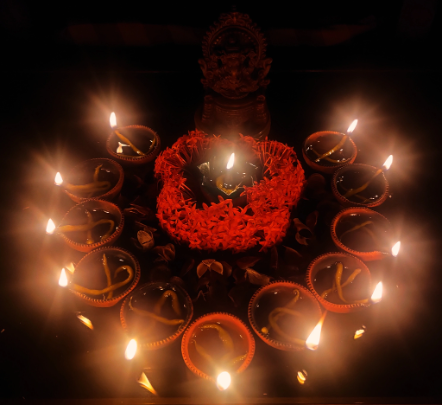

Global Celebration and Cultural Exchange
This festival has transcended borders and is celebrated globally, particularly in countries with large Indian communities such as the United States, Canada, the United Kingdom, and Singapore. Cities around the world host Diwali events, complete with parades, fireworks, and cultural programs, bringing the vibrancy of the festival to international audiences. This global celebration of Diwali promotes cultural exchange and understanding, allowing people from different cultures to learn about and appreciate the rich traditions of India. It serves as a reminder that festivals have the power to build bridges and foster connections in an increasingly interconnected world.
Therefore, Diwali is more than just a festival; it is a celebration of life, light, and unity. Its cultural significance is woven into the fabric of Indian society and extends far beyond religious boundaries. This festival continues to inspire and bring together millions of people around the world every year by embracing the universal themes of light triumphing over darkness and celebrating life together.
(Images – Sucharita Ghosh)

